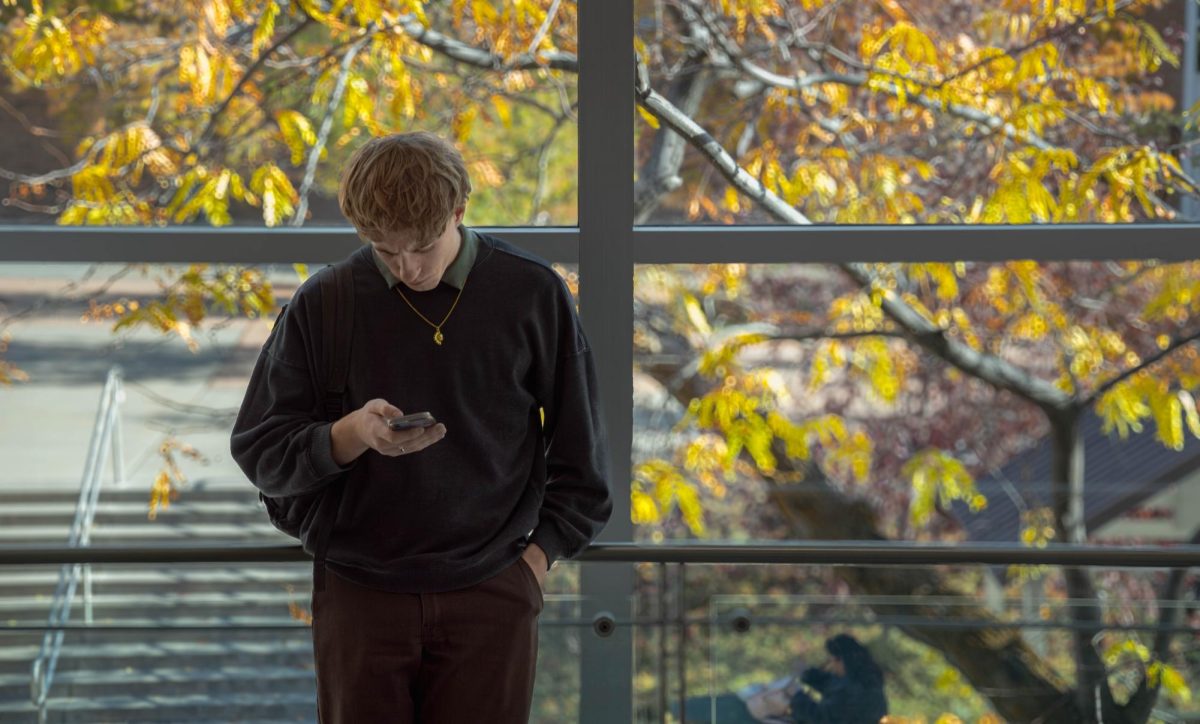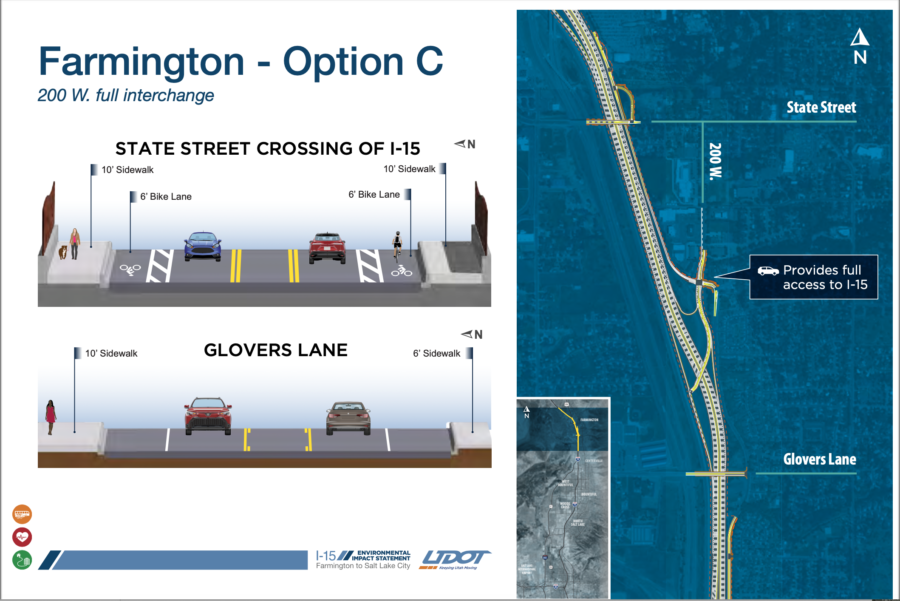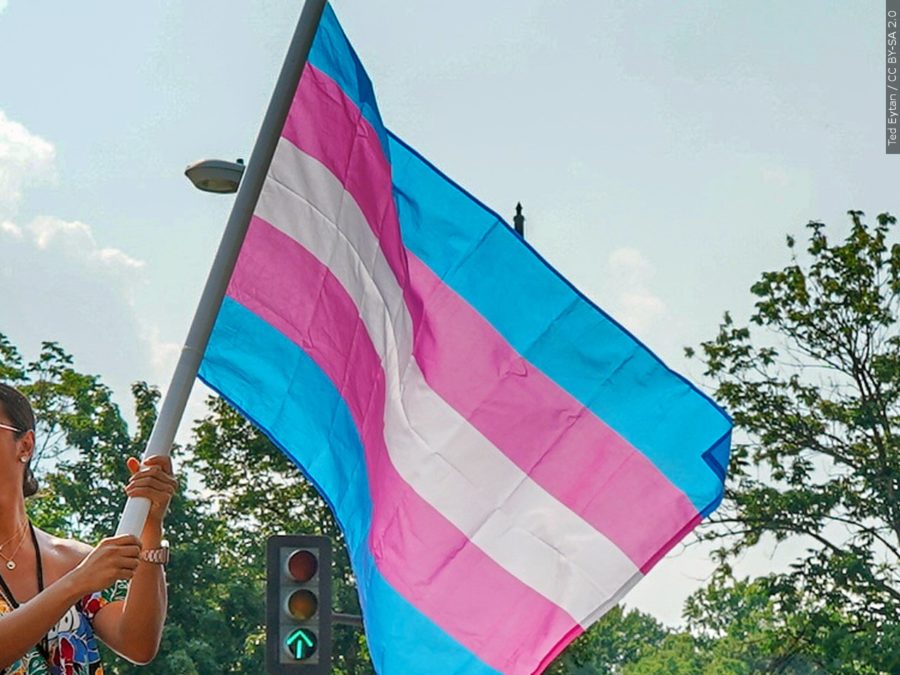
It may not exactly look like the Tracy Hall Science Center is nearing the final stage of completion, but according to Celestia Carson, principal at VCBO Architecture, the construction crews are just “buttoning things up” before materials will be moved from the current Science Building at the end of May and the ribbon-cutting ceremony takes place at the end of the summer semester.
Leading a tour during Weber State University’s Sustainability Summit, Carson discussed some of the architectural nuances of WSU’s new hub for scientific, mathematical and engineering learning and research.

The Exterior
One of the university’s priorities for the structure was that elements of science and mathematics were integrated into the architecture itself.
Those among the campus community will have undoubtedly noticed the layout of the brick. On the western face of the building, the sequence of the darker and lighter bricks follows the Fibonacci sequence.
The north and south lab towers represent a DNA sequence — and actually spell a message. On the eastern face, the patterns represent aspects of the chemical spectrum, according to Carson.
Another priority of the architecture was to feature what Carson described as “science on display.” Especially on the western face and western interior, visitors will be able to watch scientific research being conducted.
Just above the south entrance, a three-chambered, glass greenhouse is visible from the Bell Tower Plaza with “an outdoor rooftop area for students,” Carson said. The greenhouse’s location further exemplifies the university’s emphasis on science on display.

The Interior
Each level of the building’s interior takes on elements of the scientific disciplines in their construction as well.
To incorporate geology, much of the interior rock is native Utah stone. Representing the subjects of the botanical sciences, the cosmetic wood paneling utilizes weathered wood from the freight yards of Salt Lake City railways.
On the second level, an installation by renowned artist Michael Singer, whose work can be seen in places like the Denver International Airport, stands against the north wall of the building’s atrium, entailing intricate, geomorphic patterns. The piece was inspired by Utah’s natural desert environment, and on rainy days, water can be seen trickling down the installation, incorporating the very atmosphere in the art.
Entering the southern main entrance, visitors will notice another installation: a retired work of engineering donated by the building’s primary donor and namesake. Tracy Hall, a Weber State University alumnus, was the first man to press a synthetic diamond with his patented diamond press, which now stands as silent inspiration to students of engineering.
Carson emphasized the concept of patterns in place. The carpets and tiled floors are designed to include geometric patterns, incorporating mathematical concepts throughout the interior, and even the wood grain has been rotated on door handles to create a sense of natural textures and patterns.
Not only is the new Science Center an example of science on display, but it also incorporates the aesthetic of WSU’s other campus structures, seamlessly integrating into the overall campus sprawl. The exterior bricks are consistent with that of its neighboring structure, Elizabeth Hall.
In the southern end of the interior, some may find the exposed ceiling familiar: those acquainted with the concrete waffle slabs of the Student Services Center will notice that these subtleties have been carried throughout the Tracy Hall Science Center, blending the old into the new.
If you’d like to follow the construction process further, there are live building cams available to stream on the Weber State website.



















